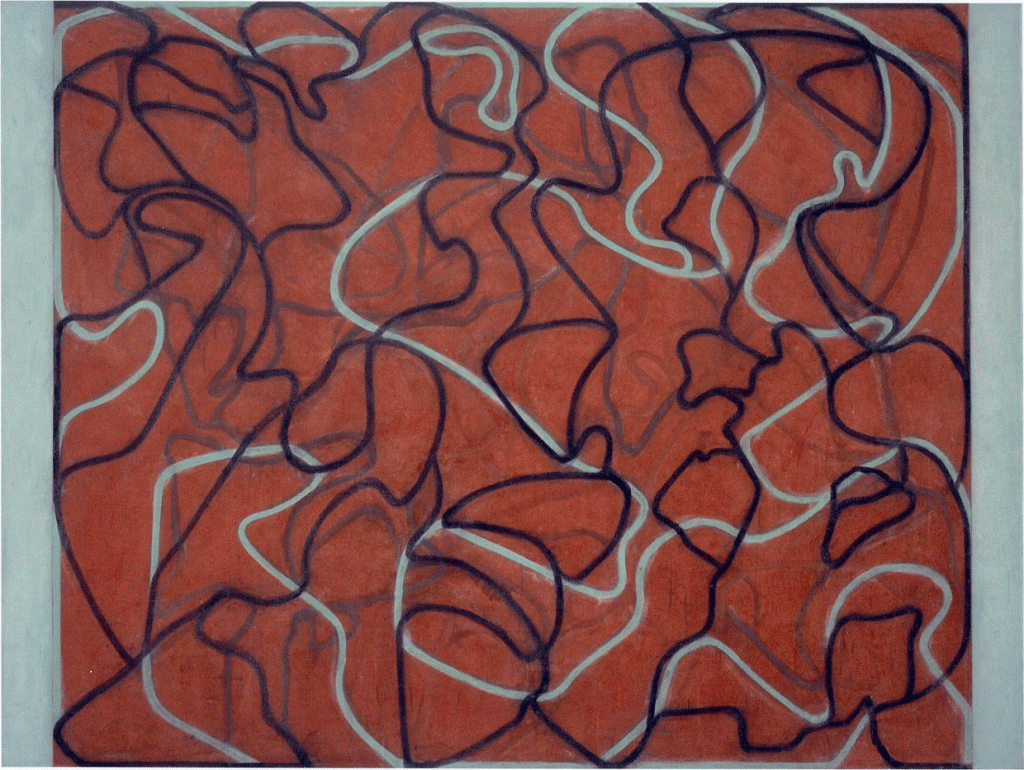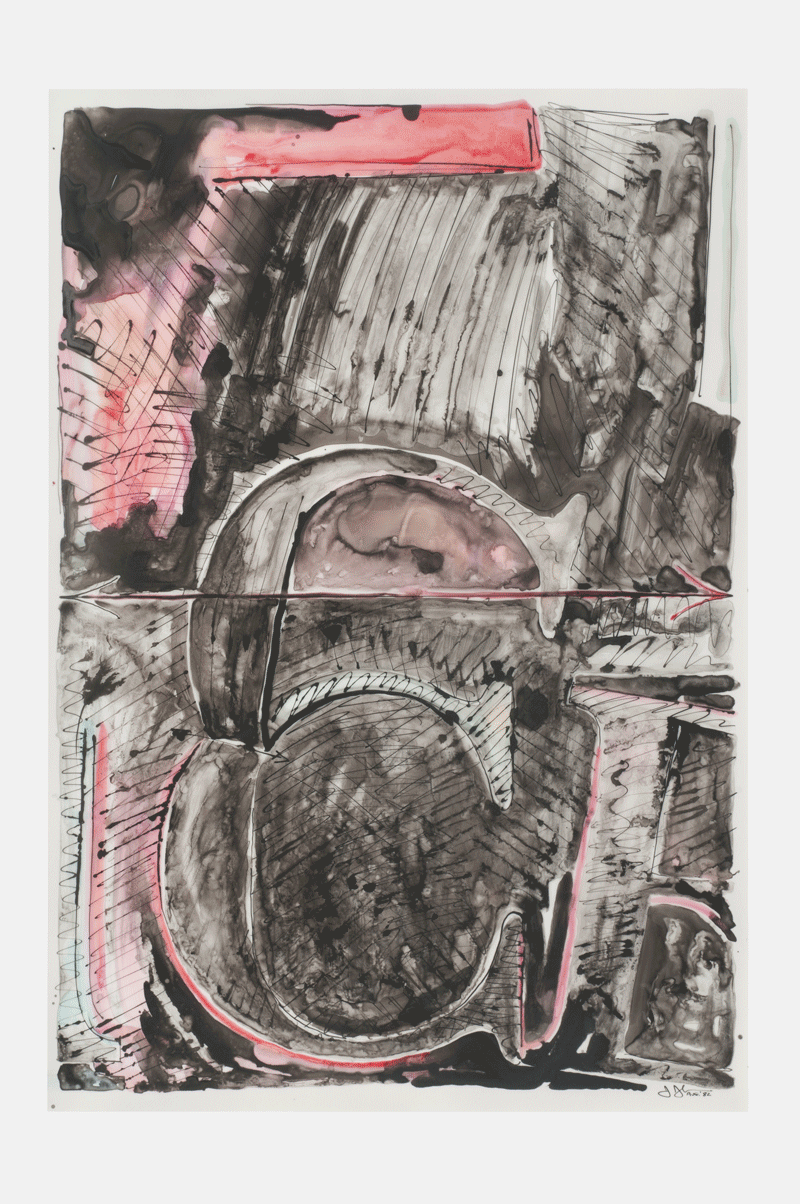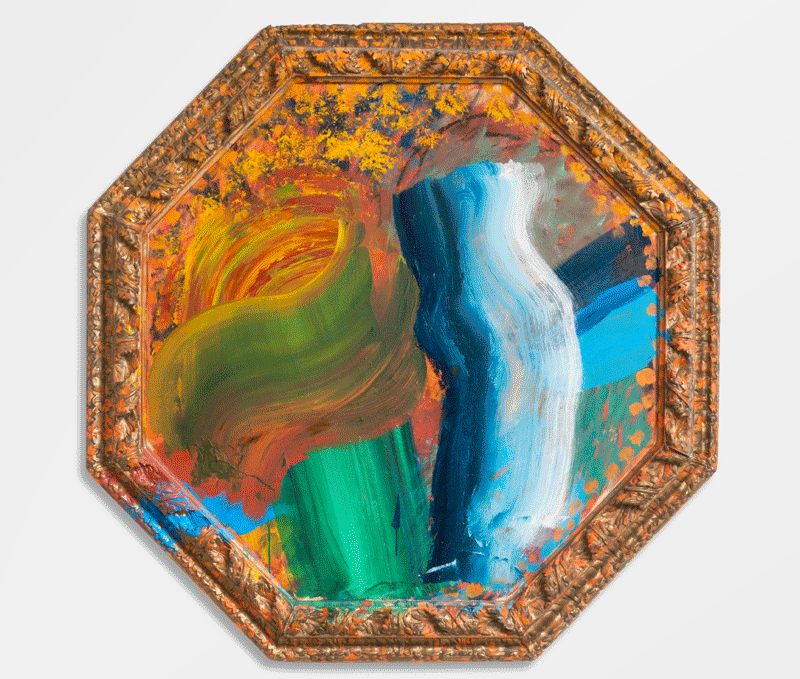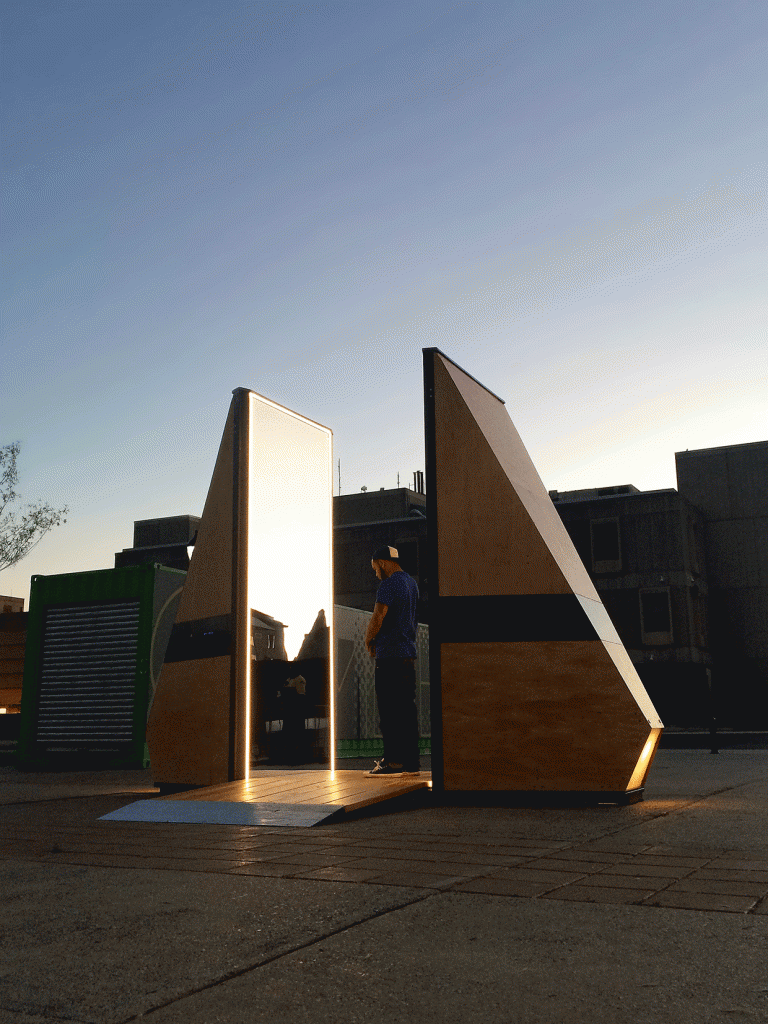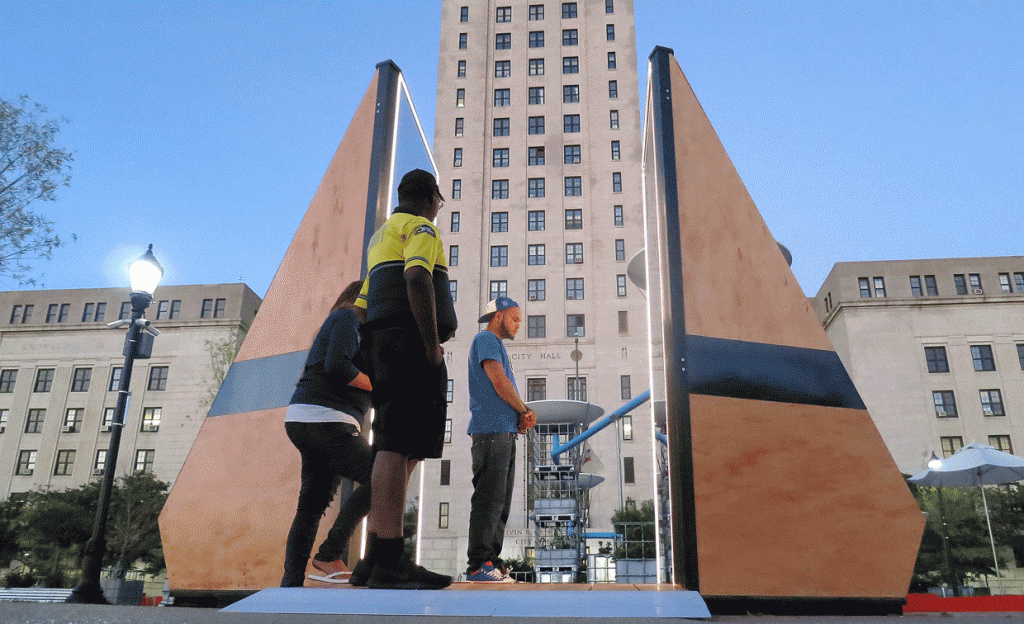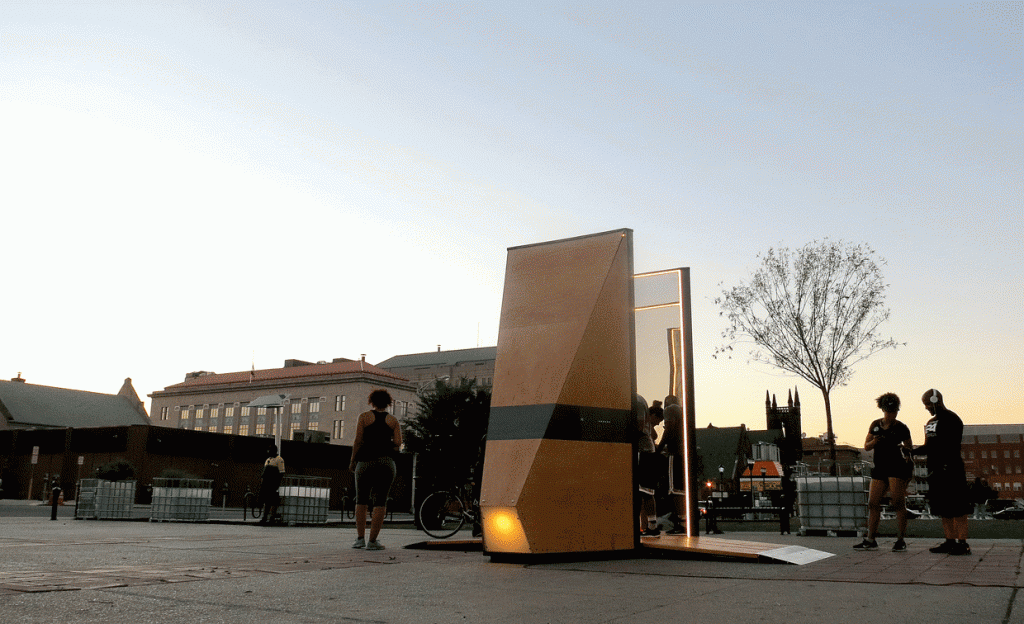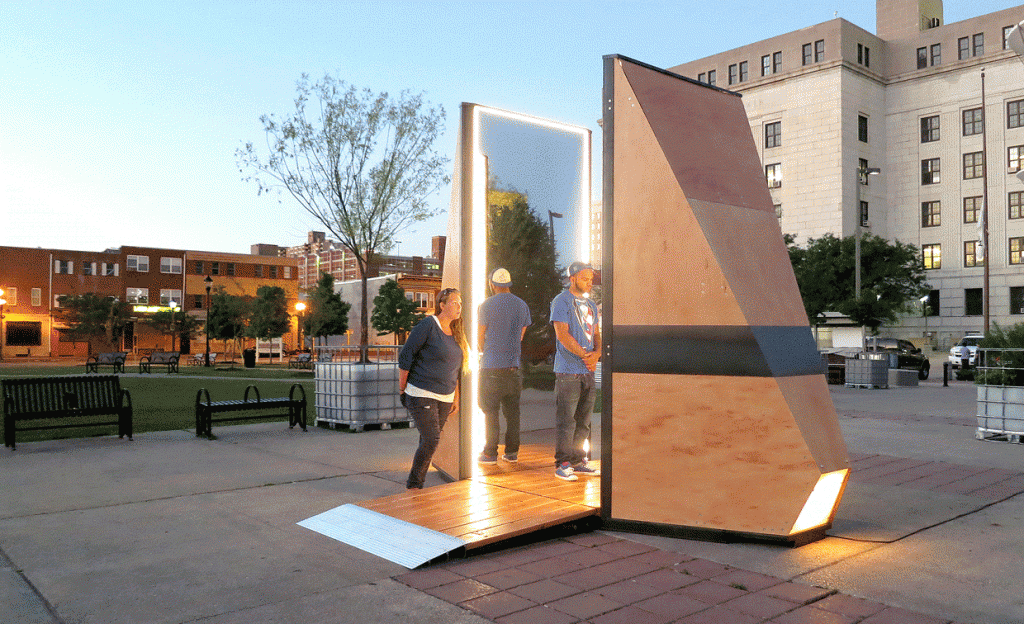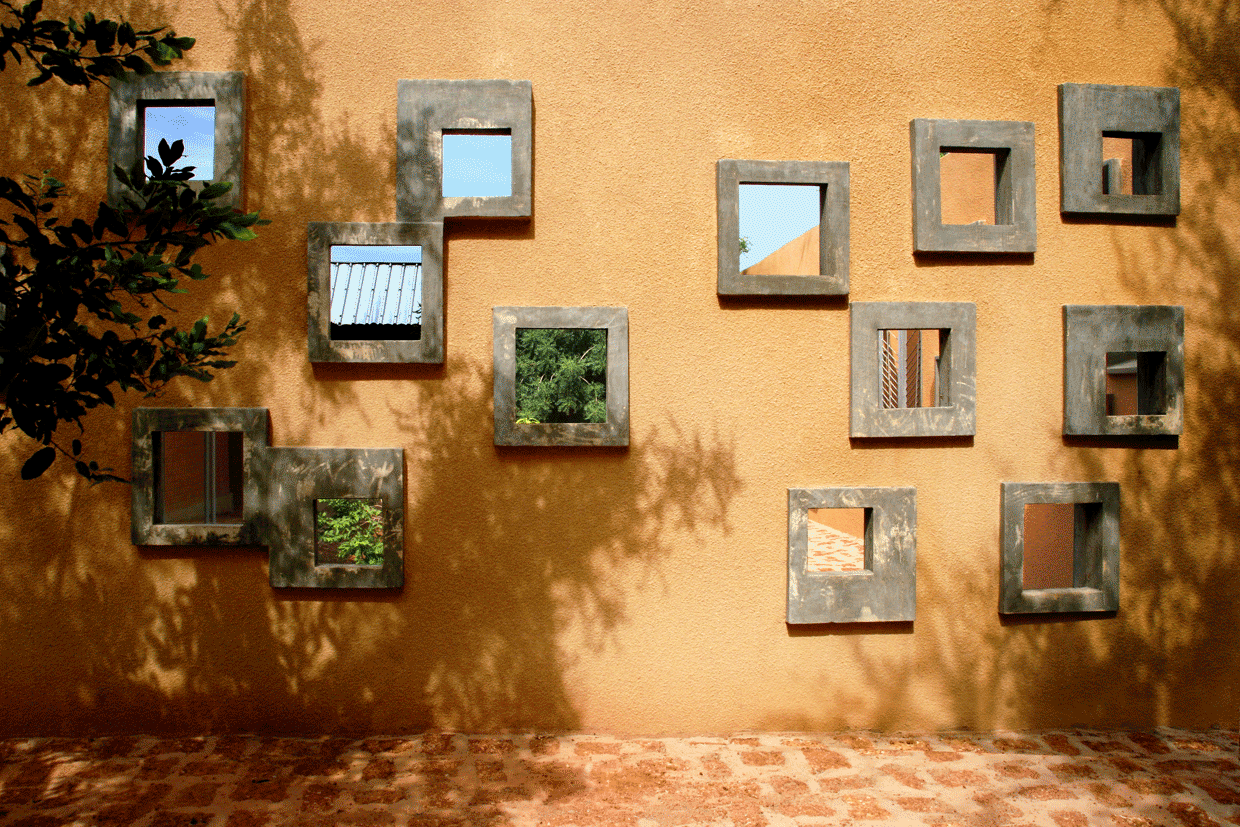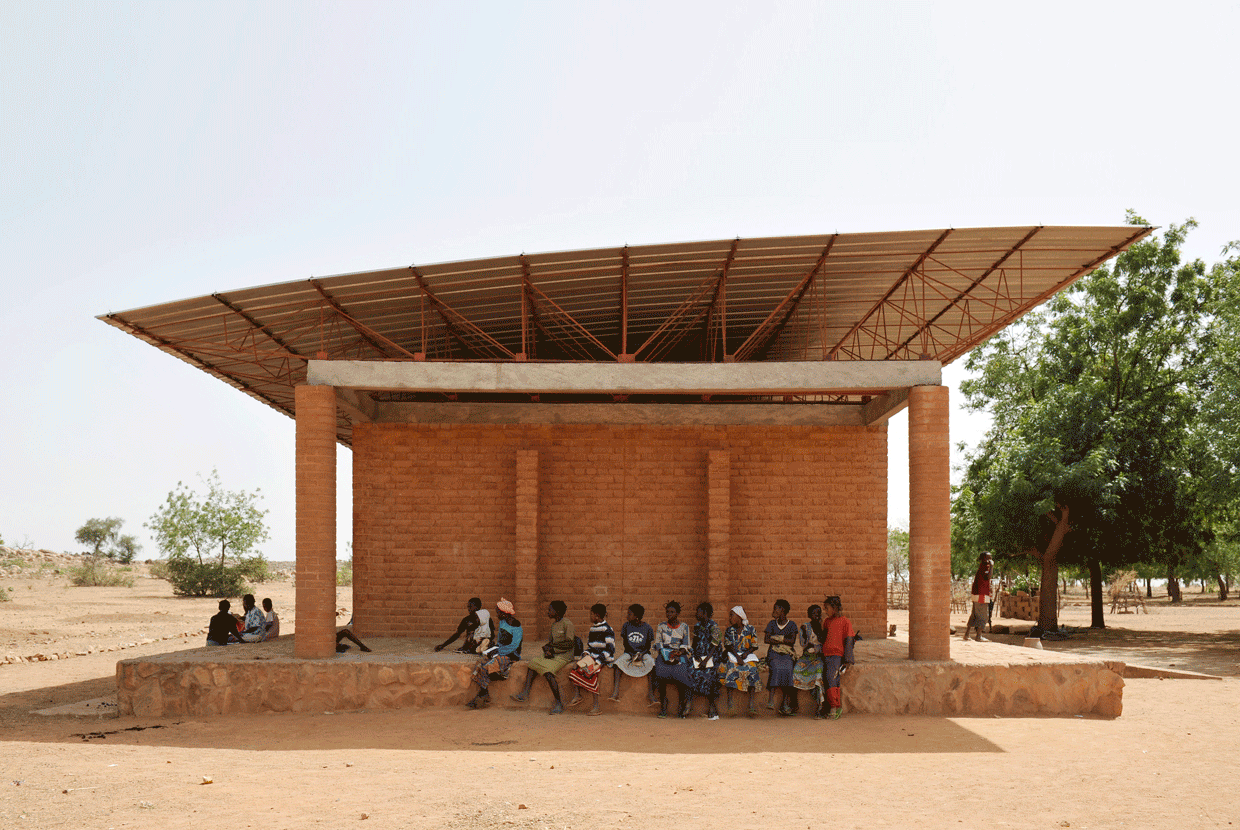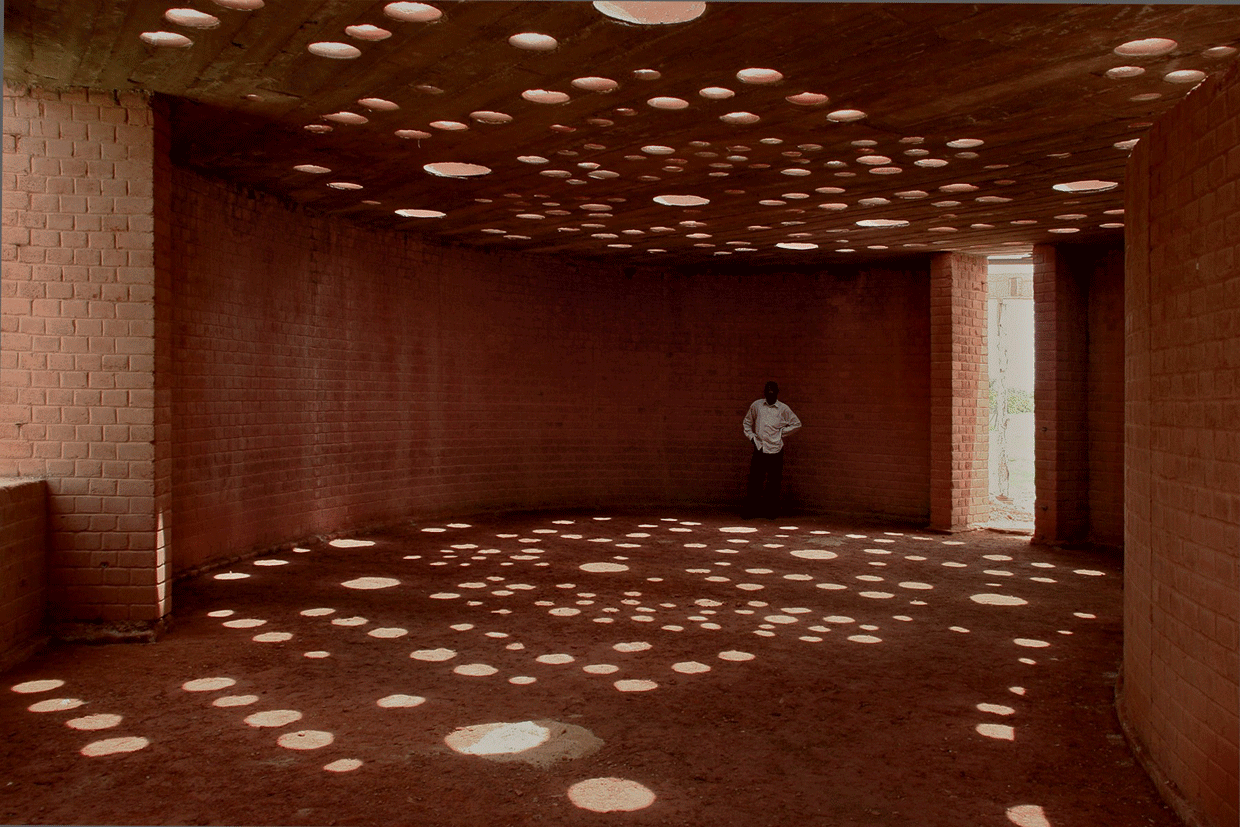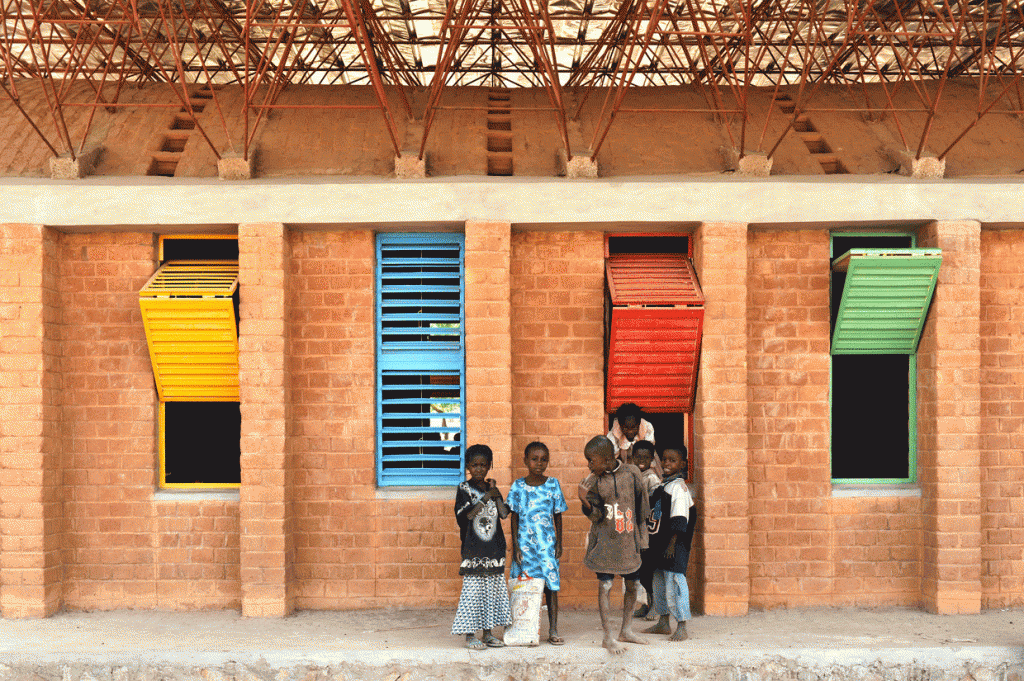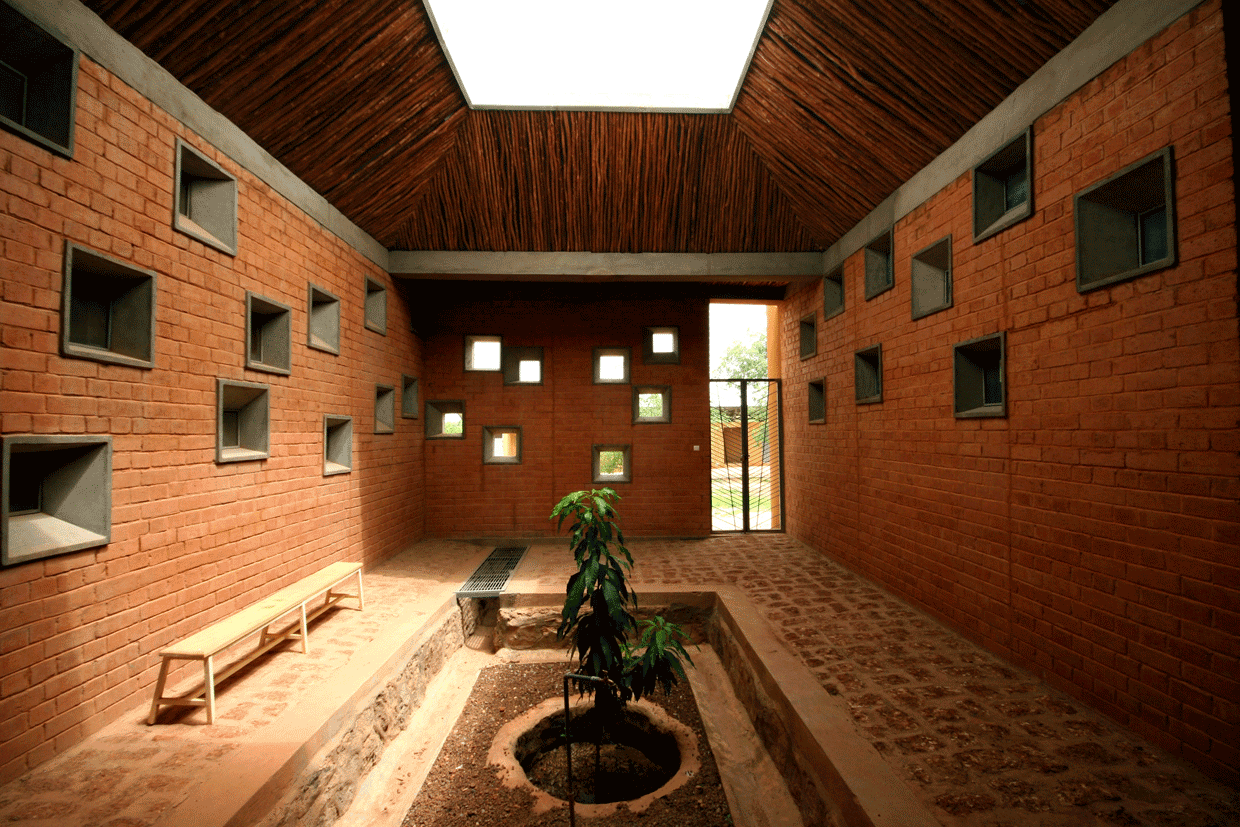Jakob Weissflog, Sculptures in Wood, Ist Bob Stocksdale International Excellence in Wood Award, The Center for Art in Wood
“The Center for Art in Wood offers activities from within several different program areas, including the Gerry Lenfest Gallery, the Museum Collection, The Fleur & Charles Bresler Research Library, the Museum Store, and The Earl Powell Artist Research Files.
The Center displays wood art on site and in traveling exhibitions. Our Windgate ITE International Residency Program has involved over 100 international residents as it continues through its third decade. Education and community outreach programs bring hands-on wood turning and woodworking experience to students throughout the region. The Museum Collection contains over 1000 objects from around the world, ranging from functional, every-day objects to contemporary sculptures. Our research library consists of over 25,000 images, artists’ files, and books that help preserve the exciting history of wood turning and woodworking and their continuing evolution as a contemporary art form.
Over the last two years, the Center mounted 15 exhibitions which served as the central programming focus during the time of their presentation. For instance, the Center publishes catalogues and books around many exhibitions and offers special events and dinners that correspond with each show. The Center comes alive during Old City District‘s notable First Fridays, which are the perfect opportunity for exhibition openings and events.” – The Center for Art in Wood
“German craftsman Jakob Weissflog just won the first Bob Stocksdale International Excellence in Wood Award. He learned woodturning from his father Hans Weissflog. Both are world class artists in wood.” – John Thornton
“Jakob Weissflog, Germany, is the inaugural honoree recipient of the Bob Stocksdale International Excellence in Wood Award.
Supported by an anonymous donor, the Bob Stocksdale International Excellence in Wood Award annually grants $1,000 and a documented exhibition to an emerging or mid-career artist whose work, like Stocksdale’s, unites quality of craftsmanship and respect for materials.
All exhibition items are for sale to the public. For inquiries, please contact Lori Reece, at 215-923-8000 or by email at lori@centerforartinwood.org.” –The Center for Art in Wood
“Bob Stocksdale (born 1913 in Warren, Indiana—died January 6, 2003 in Oakland, California) was an American woodturner, known for his bowls formed from rare and exotic woods. He was raised on his family farm and enjoyed working with tools. His wife of more than 30 years, Kay Sekimachi, stated that, “His grandfather gave him a pocketknife, and he started to whittle. That’s how it started.”
According to an oral history he recorded at the University of California Bancroft Library, Stocksdale powered his first lathe with a surplus Maytag gasoline washing machine motor. He turned baseball bats and spindles among early projects. After graduating from high school, he worked in a factory making wooden paddles used by cracker bakers. Later he worked in a factory that made cedar chests. His job was to assemble the chests from the pre-cut wooden pieces.
He was drafted into the Army in 1942. Like two of his three brothers, he claimed conscientious objector (CO) status during World War II because he believed war never solved anything. He spent World War II in several CO camps doing forestry work. It was at a camp in Michigan where Stocksdale turned his first bowl on a lathe. This brought him to the West. He was encouraged in his woodturning efforts by Helen Winnemore, the owner of a crafts gallery in Columbus, Ohio.
After the war, Stocksdale moved to Berkeley, California in 1946, one year after Gump’s in San Francisco began showing his work. His first solo exhibition followed in 1958 at the Long Beach Museum of Art. He bought a Victorian duplex in South Berkeley, where he lived and worked for the rest of his life. He put together a shop of modest tools in his basement, and there turned out work for more than 50 years that gradually earned him acclaim and fame as a woodturner. He was a friend, and sometime collaborator, of Sam Maloof.
His work was included in the American exhibit of the 1958 Brussels World’s Fair and has been recognized internationally for fine design and workmanship. His many honors include the American Association of Woodturners Lifetime Achievement Award (1998) and the Masters of the Medium Award, James Renwick Alliance (2003). Stocksdale received the American Craft Council’s Gold Medal in 1995.
Stocksdale’s bowls are prized by collectors. They have been shown in Europe and Japan, and they appear in the permanent collections of the Smithsonian American Art Museum, the Metropolitan Museum of Art in New York, the Oakland Museum, Philadelphia Museum of Art and the Royal Scottish Museum in Edinburgh, Scotland.
Stocksdale died on the January 6, 2003, at Kaiser Oakland Medical Center in Oakland, California from complications of prostate cancer. He was 89. He was survived by second wife, Kay Sekimachi, a famous weaver and craft artist; a daughter, Joy, a noted fabric designer, of Sebastopol, California; a son, Kim, of Los Angeles; and a sister-in-law, Marge Stocksdale of Huntington, Indiana.” – Wikipedia
The Center for Art in Wood,141 N. 3rd Street, Philadelphia, PA 19106, Jakob Weissflog through April 8th, 2017.
Subscribe to John Thornton Films on YouTube
Like DoNArTNeWs Philadelphia Art News Blog on facebook
Follow the new DoNArTNeWs.com
Follow DoN on Twitter @DoNNieBeat58
DoNArTNeWs on Tumblr
@donniebeat on Instagram
Affiliate Marketing [disclosure page] Shop on-line and help support DoNArTNeWs
Donate via safe and secure PayPal in the sidebar.


